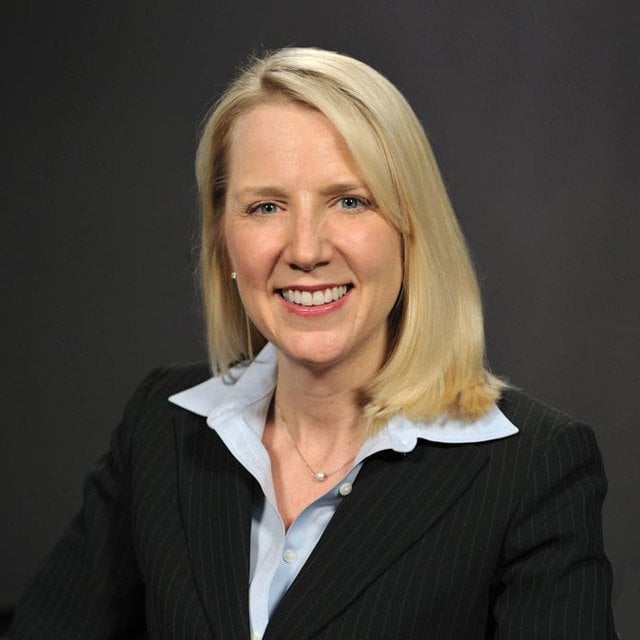$1.5 Million to Retire? 5 Experts Weigh In on the New Magic Number

What You Need to Know
A new survey from Northwestern Mutual shows Americans expect to need at least $1.5 million on average to retire comfortably.
Even more eye-popping than the new magic number is how much the figure has grown recently — by more than 50% since 2020.
In place of pursuing a “magic number,” retirement experts say, savers are better off focusing on a holistic approach to income planning.
New survey data published this week by Northwestern Mutual shows Americans’ “magic number” for retirement has surged yet again to an all-time high — rising much faster than the rate of inflation, while swelling more than 50% since the onset of the pandemic.
According to the poll, Americans on average think they need to save $1.46 million to retire comfortably, a 15% increase over the $1.27 million reported last year and far outpacing today’s inflation rate, which currently hovers between 2% and 3%. Over five years, the magic number has jumped a whopping 53% from the $951,000 target Americans reported in 2020.
Given the dramatic increase over just four years, ThinkAdvisor reached out to a stable of well-known retirement experts to get their sense of exactly what’s going on behind the numbers.
These retirement planning VIPs were asked what they make of the nearly $1.5 million number and why it has grown so quickly. The experts also offered insights into what savers should keep in mind about “magic numbers” and other potentially misleading averages in overall retirement planning.
While the experts each offered a unique take on the new survey data, they all agreed that, rather than pursuing a single magic number, savers are better off focusing on a holistic approach to income planning.
The Impact of Prolonged Bull Markets: Michael Finke
Since fewer Americans have pensions today, the cost of funding a lifestyle similar to the one they had before retirement will naturally be higher, points out Michael Finke, professor and Frank M. Engle Chair of Economic Security at The American College of Financial Services. For many, this means pouring money into stocks in the hope of riding a market wave to a steady and stable retirement.
“People often anchor [their savings projection] on the amount they have saved now and will likely answer with a value that they project they’ll have when they retire,” Finke observed. “Since we’ve essentially had a long-term bull market since 2010, with a couple of blips, this might be coloring people’s estimates.”
According to Finke, there’s also a tendency for savers to focus too much on recent inflation numbers and project them into the future. This “recency bias” can affect projections, he explained, especially when compared to a period of very low inflation like the one people experienced before 2020.
Finally, the instability of Social Security has been in the news recently, and people may now feel like they need to save more to replace the shortfall.
“Economists would tell you that low or even negative real rates of return on Treasuries in 2020 would imply a higher ‘number’ than today, since investors can get a higher return from safe investments,” Finke said.
“The simple reality is that the number reflects the size of the lifestyle gap between Social Security and the amount you hope to spend, and the present value of this gap is discounted at the expected rate of return on your portfolio. A bigger gap, higher inflation, and lower expected returns will all drive the number up.”
The Influence of Inflation and Social Media: Jamie Hopkins
The significant increase in the retirement savings target reported by Northwestern Mutual is “startling,” especially when viewed out of context, Jamie Hopkins, the financial planning expert and CEO of Bryn Mawr Capital Management, said
“It reflects not only inflationary pressures but also evolving lifestyles and expectations,” Hopkins said. “What I have seen is that expectations from younger generations are growing at a rate that is not based in reality and achievable levels of savings or income.
“To understand this surge, you need to understand there are massive socioeconomic shifts, such as rising healthcare costs and longer life expectancies, which have profound implications for retirement planning,” he explained.
Plus, Hopkins wonders whether social media — as a sort of curated and unrealistic lifestyle highlight real — is driving unrealistic expectations of life, spending and income needed to live one’s life.
Ultimately, he said, the escalating retirement savings target underscores the urgency for individuals to reassess their financial strategies, career paths, investment strategy and financial planning.
“As economic landscapes evolve, so must our approaches to retirement planning,” Hopkins noted. “It’s imperative for advisors to emphasize the importance of early and consistent savings, as well as diversified investment portfolios, to mitigate the impact of such rapid growth in retirement expenses.”
According to Hopkins, the $1.46 million “magic number” may seem daunting, but it’s also essential to recognize that individual circumstances vary widely and averages in retirement planning are “almost useless” when it comes to an individual situation.
“Averages are useful only in the sense of global policies, education and rules of thumb, but when it comes down to the planning process, they often need to be thrown out,” he said. “Retirement planning should be personalized, accounting for factors like geographical location, lifestyle preferences and anticipated healthcare needs.
“Advisors must guide clients through comprehensive assessments to tailor strategies that align with their unique goals and circumstances. … Educating clients about the importance of budgeting, investing and adapting to changing economic realities is paramount in navigating the complexities of retirement planning effectively.”
Complex Planning Factors: Christine Benz
For Christine Benz, Morningstar’s director of personal finance and retirement planning, the most important things the new survey illustrates is that planning how much one needs for retirement — and how much they can reasonably withdraw from their portfolio thereafter — are two of the toughest nuts to crack in financial planning.




